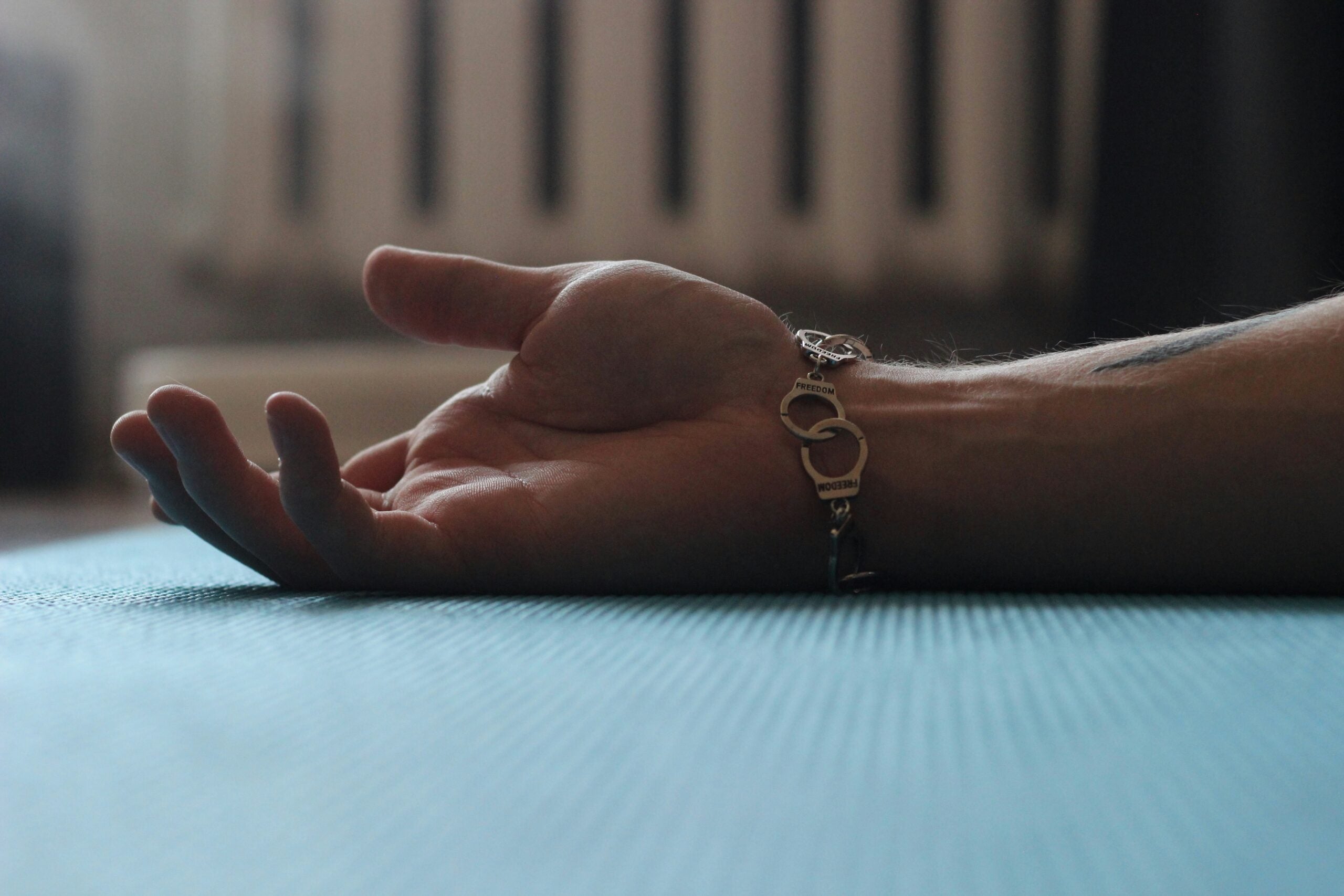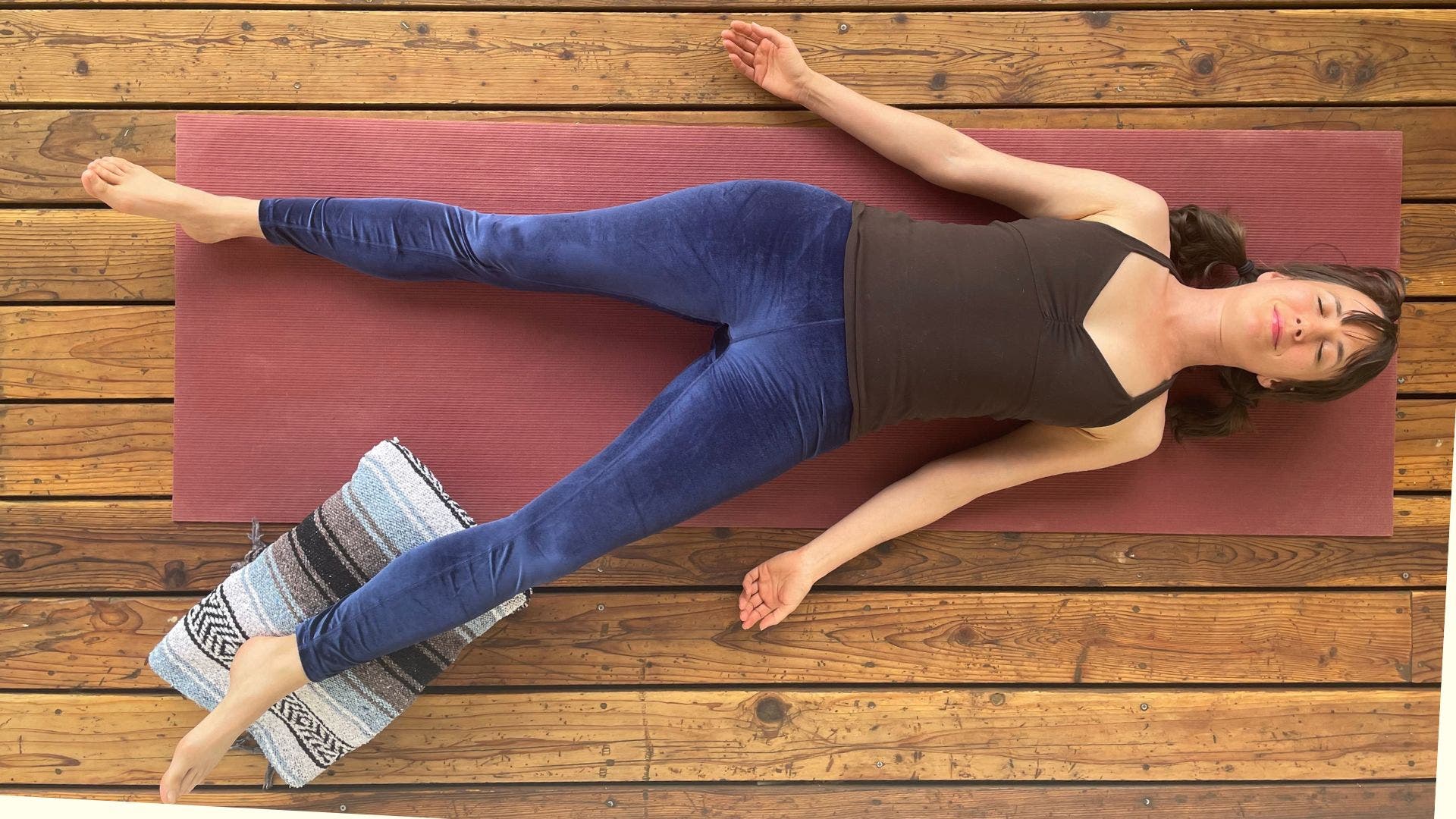Perfectionists! This Surprising Take on Savasana Will Help You Stop Sweating the Small Stuff.

(Photo: Nick | Unsplash)
Sprawling out in Savasana can feel as close to perfect as you can get. As a result, you might attempt to curate a perfect experience. Maybe you arrange your arms and legs so they’re *precisely* equidistant from your body or cover yourself with a blanket, pull it taut, and smoothen it of any wrinkles—and only then can you allow yourself to relax.
But sometimes, it’s these moments of striving for perfection that make us a little too “Princess and the Pea” about Savasana. Especially if you let tiny details—a forgotten hair-tie wrapped around your wrist or one foot turned out more than the other—be enough to derail your end-of-class surrender.
When you think about it, wouldn’t it have been better if the princess got used to the pea? Learning to accept imperfection could’ve taught her how to be calm when things didn’t go as planned. (Not to mention she’d have been an easier houseguest.)
The same principle applies to an “imperfect” Savasana. Perhaps by overindulging our fussiness, we deprive ourselves of an opportunity to get comfortable being just a little less comfortable. Practicing an uneven or asymmetrical Savasana can help with that.

How to Practice Asymmetrical Savasana
Instead of coming into Savasana as you normally do, identify one (or more) deviations you can take on one side of the body. When you feel that both sides of your body don’t “match,” it can be a welcome chance for any of us with perfectionist impulses to practice accepting annoyance.
With regular practice of asymmetrical Savasana, you might find yourself making peace with other unpredictable disturbances during yoga (the snoring of the person lying next to you in class or the beeping of a truck outside.) It might also teach you to cultivate tolerance during off-the-mat obstacles (at work speaking to a difficult client or in a long line at the grocery store). The list is endless as to what “imperfections” in life you could accept exactly as they are.
- Lie on your back as you would for Savasana. Then, choose your own adventure: move one foot a few inches toward the side. Place a folded blanket, bolster, or block underneath one calf. Draw one hand to the side so it’s in line with your shoulder. Place a blanket or bolster underneath one hand.
- Notice how it feels when your chosen body part is out of place. Acknowledge any temptation to correct it. Register any sensations in your body or mind that are different than usual. Ask yourself, “Am I okay where I am?” Draw your attention to the breath. Recognize that you’re feeling “off” and practice letting it go. Even if you want to change your current position, practice inwardly saying “yes” to the position you’re in, and relaxing even more.
- There may be other thoughts or emotions that disturb your peace. Or your mind may be as placid as a pond—except for the disturbance (also known as the ancient principle of vrrti) of your imperfect position. Instead of trying to banish that disturbance, see if you can lessen your resistance to it.
- After a few minutes, start to move your fingers and toes and roll onto one side. Slowly come to a seated position. See if you can carry the same sense of patience you practiced in your asymmetrical Savasana into another part of your day.